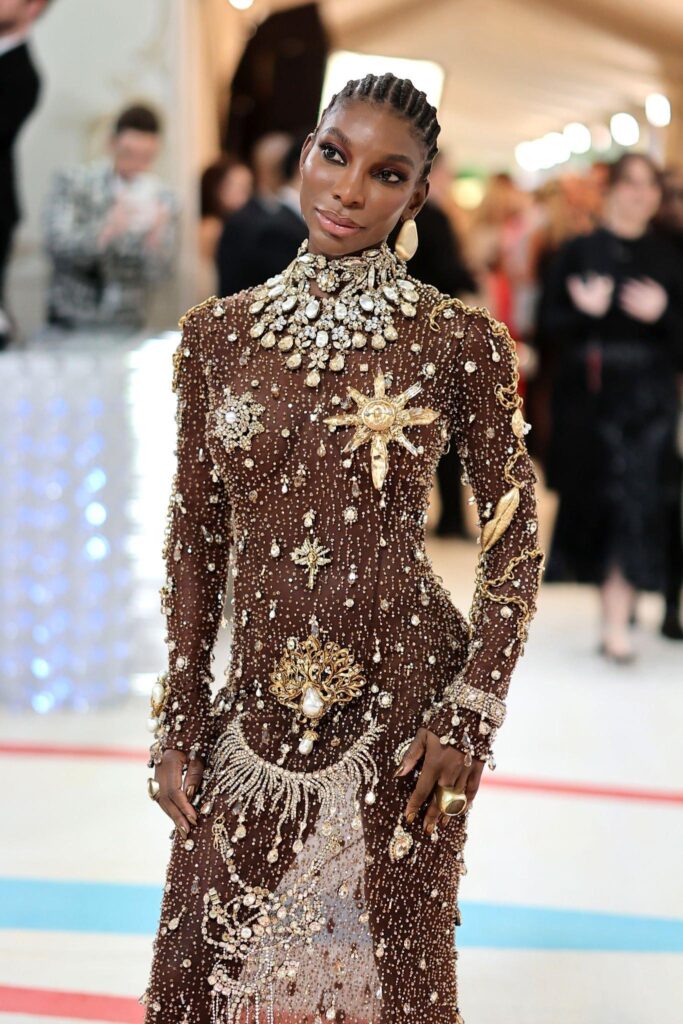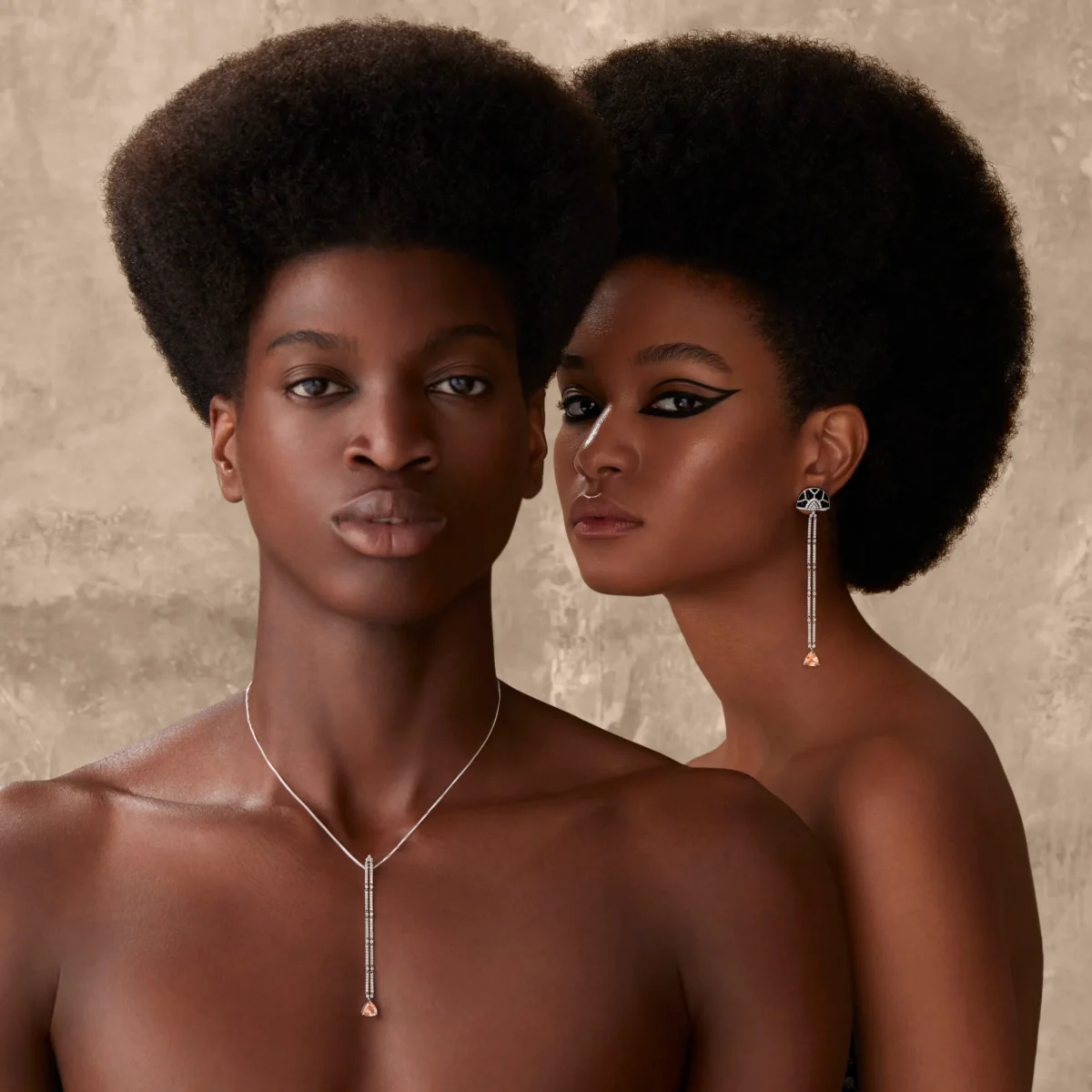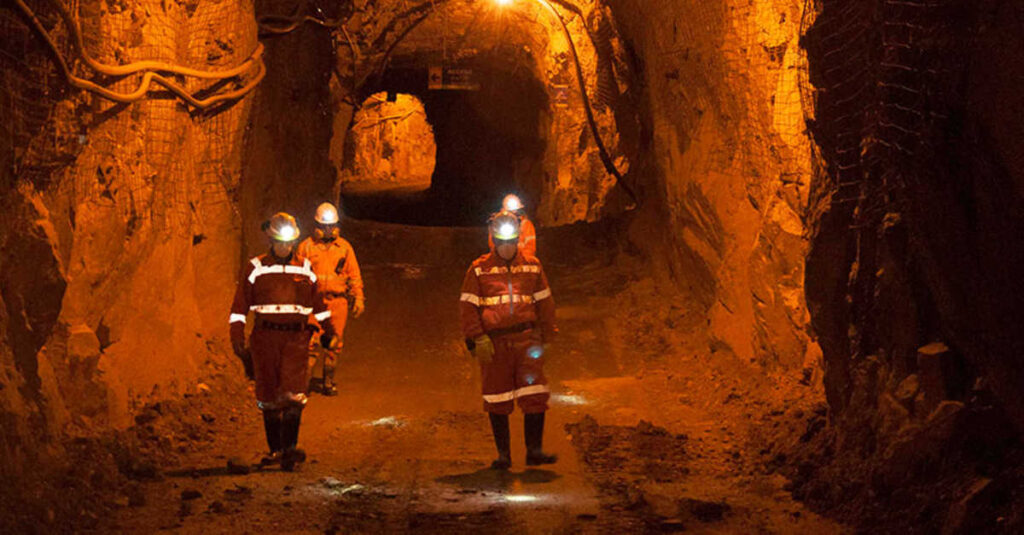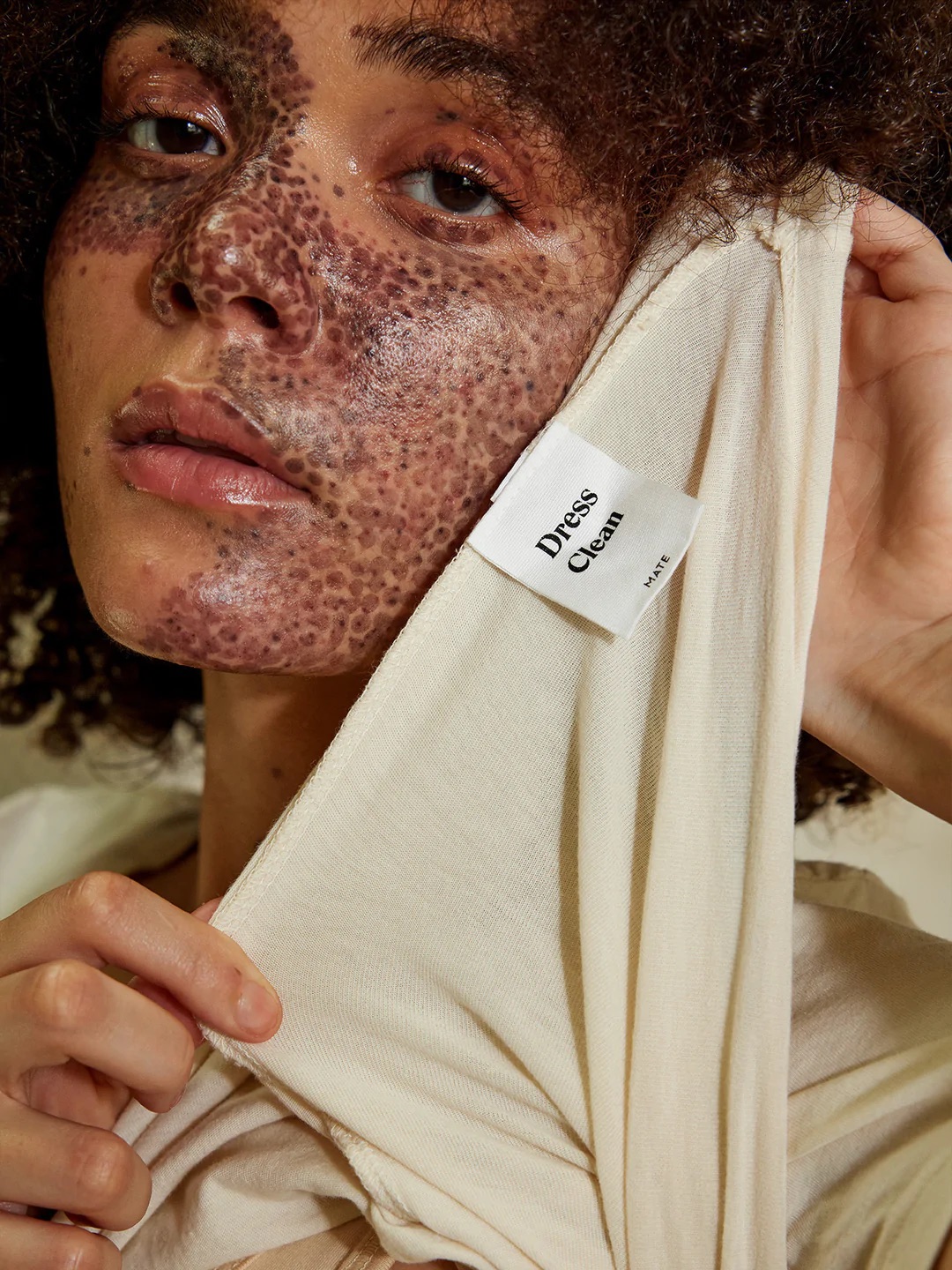The Wellness Feed attended the 14th annual Gold and Diamonds Conference to learn about the industry’s sustainable practices from mining to storefronts.
| All products featured on The Wellness Feed are independently selected by our editors. However, when you buy something through our retail links, we may earn an affiliate commission.|
Diamonds are forever. But, their controversy doesn’t have to be. Last month industry leaders in gold, diamonds, and gemstones came together in New York for the 14th annual Gold and Diamonds Conference, to tackle the tough questions and discuss solutions for a sustainable jewelry industry. The event was hosted by Initiatives in Art and Culture (IAC) and had the theme “Expanding Horizons,” the event aimed to enhance ethical and sustainable practices through industry-wide collaboration.
Panelists included jewelry designers, mining executives, sustainability experts, and human rights advocates, discussing topics that included ethical and sustainable solutions and technologies, uplifting mining communities, responsible sourcing, and more. This conference highlighted diverse perspectives and collaborative efforts towards positive change in the industry.
Expanding Horizons: Mindset Shifts for a Sustainable World
The insights from this conference went beyond industry updates to illustrate the necessary mindset shifts that, if applied across industries, will foster a more ethical and sustainable world.
The Process is Part of the Product
There is more to a finished product than what meets the eye. Gold and diamonds are not just pretty objects, but products that have great impact over communities worldwide. Though mining often gets a bad reputation, as unethical mining can wreak havoc on communities and the environment, mining also plays a huge role in supporting communities globally. These mines provide jobs and opportunities, and focusing on ensuring safe and healthy working conditions and supporting these communities is crucial.
Stewart Bailey, Chief of Corporate Affairs and Sustainability Officer at AngloGold Ashanti, stated, “That piece of gold if sourced responsibly, provided an opportunity to a whole community.” How can this be done? Through people-centered approaches, involving engagement with the mining communities directly. “Doing something that benefits the mine but not the community is not a winning strategy,” Bailey added.
‘Beauty’ is not just a pretty necklace. ‘Beauty’ lies in ethical and sustainable creation, where the hands that crafted our goods are uplifted in the process.
Sustainable Solutions Prioritize Collaboration
“We’re in the same room and sharing ideas. We’re reinventing the wheel,” stated Iris Van der Veken, executive director of the Watch and Jewellery Initiative 2030. Bringing diverse voices together in one room, as done at this conference, showcases the importance of collaboration.
A key takeaway from the conference is that to make progress, we need to collaborate, share ideas, and be open to building off of the ideas of others. This means being open to sharing what works and what doesn’t and keeping overall progress towards a more sustainable future as the overall goal.
Objects are Forms of Communication and Storytelling

We often think of what we wear as a way to express our own story – but, what if those items had stories of their own?
London-based jewelry designer Emefa Cole, originally from Ghana, explained that in many African cultures, gold serves as a form of communication: “We see the Ashanti King dressed in gold, but every piece has a meaning.” Each piece tells a story and passes on the heritage of those who came before. These metals are gifts from the earth and will serve as our storytellers when we are gone.
Lucian Simmons, head of provenance research at the Metropolitan Museum of Art (MET), highlighted that gold lasts centuries, preserving the stories of all those who interacted with it. The MET’s initiative to return objects to their countries of origin offers the chance to collaborate with local makers, creating new, positive narratives. Without such thoughtfulness, “museums become deposits of objects without context,” said Simmons.
These objects allow us to connect with the stories of those who came before, and give us the opportunity to see ourselves as a part of the collective narrative, as we too become part of the object’s story.
Transparency and Honesty: Crucial Values for Change
“You’re buying my values,” said Emefa on why she uses ethically sourced gold. Single Mine Origin Gold (SMO) is an ethically sourced option that prioritizes traceability, responsibility, and transparency. By knowing that her materials come from individuals who received fair wages and working conditions, she can confidently share the stories behind the sources.
The debate over lab-grown versus natural diamonds is another topic that highlights the need for transparency. Both have their advantages and drawbacks. Olivia Landau, founder of The Clear Cut, pointed out that while lab-grown diamonds are increasingly beneficial for fashion, many consumers still seek the sentimental value of natural diamonds. Natural diamonds, when ethically sourced, also support the mining communities. Recognizing the strengths and shortcomings of both sides is crucial for progress.
Uplifting Innovative Ideas Leads to Positive Change
Since 2018, the IAC Gold and Diamond conference has given out awards for Leadership and Responsible Practice in Jewelry. The inaugural recipient was Toby Pomeroy, who founded the Mercury Free Mining Challenge, seeking a safe replacement for mercury in the mining process. Now, a system to achieve this has been successfully developed from a technical standpoint. This shows the importance of celebrating innovative ideas, which inspires positive change and fosters collaboration to create a better world.






